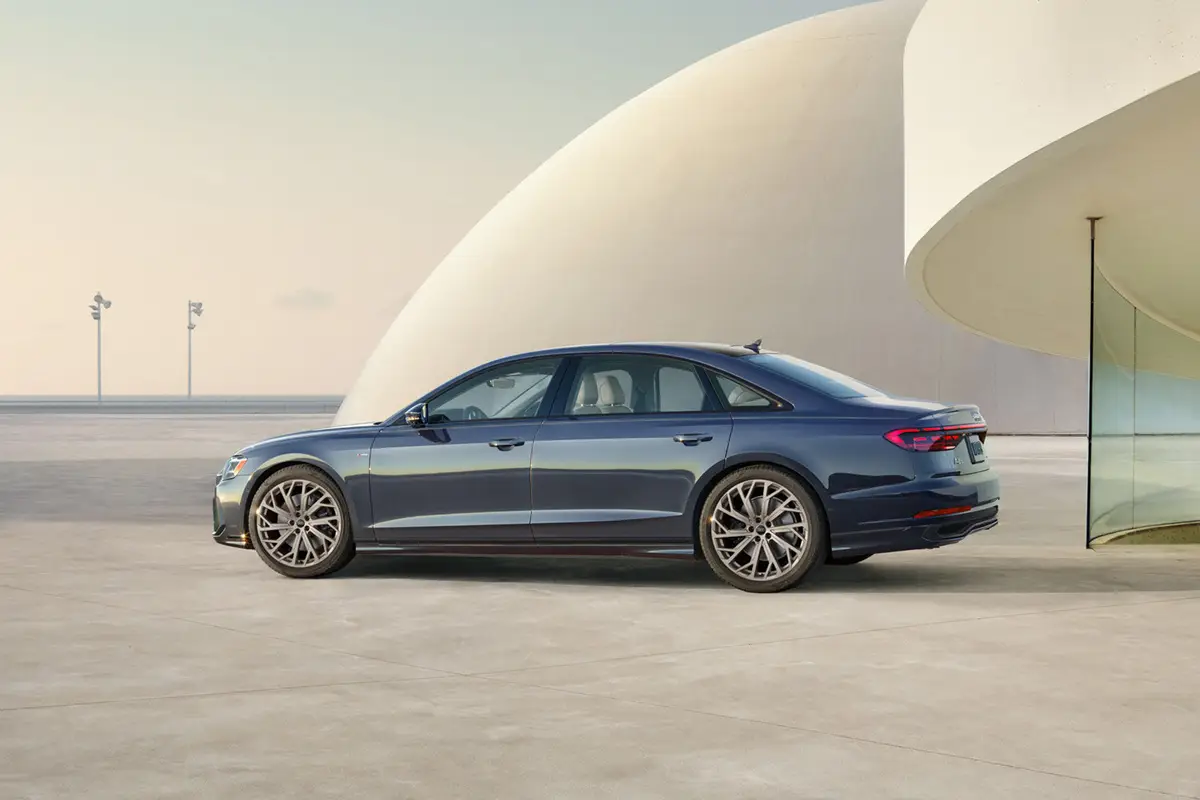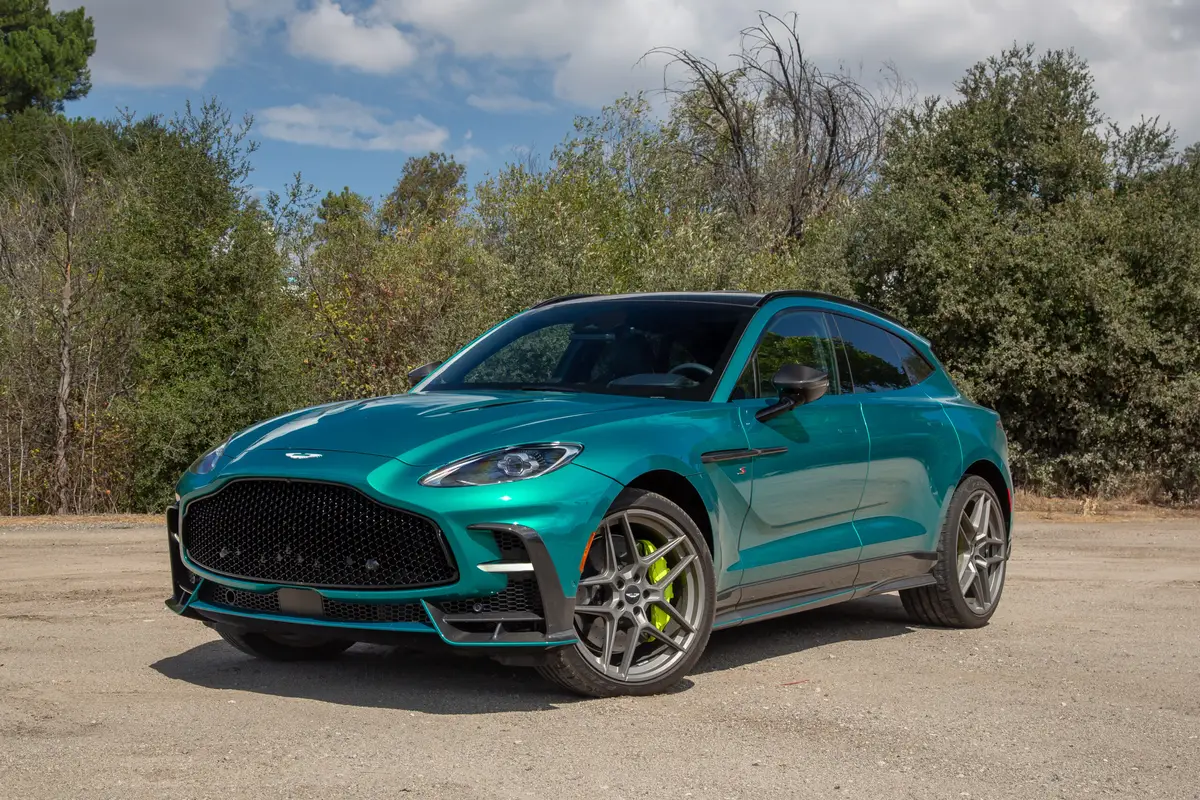washingtonpost.com's view
Oddities are commonplace in this city. But even here, the silver-and-yellow 2003 Subaru Baja stands out. It’s not just the vehicle’s color. It’s the vehicle, which is the best thing to call the Baja because no one can agree on its classification.
For purposes of emissions regulation, the Environmental Protection Agency calls the Baja an LDV, or light-duty vehicle.
For reasons of safety regulation, the National Highway Traffic Safety Administration calls it an MPV, or multi-purpose vehicle. The same agency, for matters of fuel economy, calls the Baja a truck.
Marketers, of course, can finesse anything, and they have outdone themselves with the Baja. Subaru’s salespeople call it an “open-bed sports sedan.” Perhaps that’s because they couldn’t, or wouldn’t, appropriate the old Chevrolet name El Camino. For that matter, they might have christened their vehicle the Subaru Ranchero, in honor of the Ford Ranchero, or the New Brat, in memory of the Subaru Brat. The El Camino, Ranchero and Brat all preceded the Baja as cars with fanciful pickup-style cargo beds.
What’s new about the Baja is that it does have four big sedan doors, unlike the El Camino, Ranchero and Brat, which came with two doors each. The Baja also has a cushy, roomy sedan interior and the aggressive stance of a modern sport-utility vehicle. It’s a motorized mongrel, a crossover vehicle that’s crossed up in terms of looks and function, the latter of which is a clever mixture of reality and hype.
The hype is that the Baja is a go-anywhere, do-anything vehicle. It’s not. In the tested version, equipped with a standard five-speed manual transmission, the Baja employs an all-wheel-drive system that automatically shifts power from slipping to gripping wheels via a viscous coupling device. That system works fine on paved roads in wet weather, and it does well on frequently traveled dirt and gravel paths. But it gets you nowhere on rutted, rocky terrain, because the Baja has no four-wheel low gear, no skid plates, no winch — nothing to pull you out of the rough if you are unfortunate enough to enter it.
Can the Baja do anything, as in anything you want it to do? Not really. Its pickup-truck bed, 42 inches long, is too short to carry much except toys, such as dirt bikes and other stuff for the “active outdoor lifestyle.” An optional “cargo bed extender,” available for $250, gives you an extra 35 inches in length, which is still pretty short by most pickup standards. A pass-through portal in the wall between the cargo bed and rear seats (reminiscent of the “midgate” system in the Chevrolet Avalanche pickup/SUV) gives you a bit more room for longish items such as ski poles.
Ah, there’s a roof rack that does a good job of carrying an overhead lamp bar to which are attached two high-beam lamps. But the rack is too weak to carry anything else without risking damage to the roof, or to the power sunroof installed therein.
The simple reality is that the Baja is made more for play than work. Despite its ground clearance of 7.3 inches, it rides and feels like a limousine. It has great straightaway speed and handling, as long as you aren’t carrying or towing a heavy load. It does nicely in the corners, as long as you remember that limousines are not designed to take corners in the manner of sports cars.
Thus, the Baja isn’t for everyone. It won’t attract the real-truck crowd, the people who buy Chevrolet Silverado, Dodge 1500 Ram, Ford F-150 and Toyota Tundra pickups or small Chevy S10s. Nor will it appeal to buyers who believe the Toyota Camry sedan is the apex of automotive design.
But the Baja is a hip, flip chip off Subaru’s sturdy Legacy/Outback vehicle platform. Many young denizens of Gotham like it and say they would consider buying it. They revel in their celebration of ambiguity, their resistance to definition and their passionate defiance of conven ion. If they can find jobs with good incomes, they can make the Baja a contender.
Latest news



